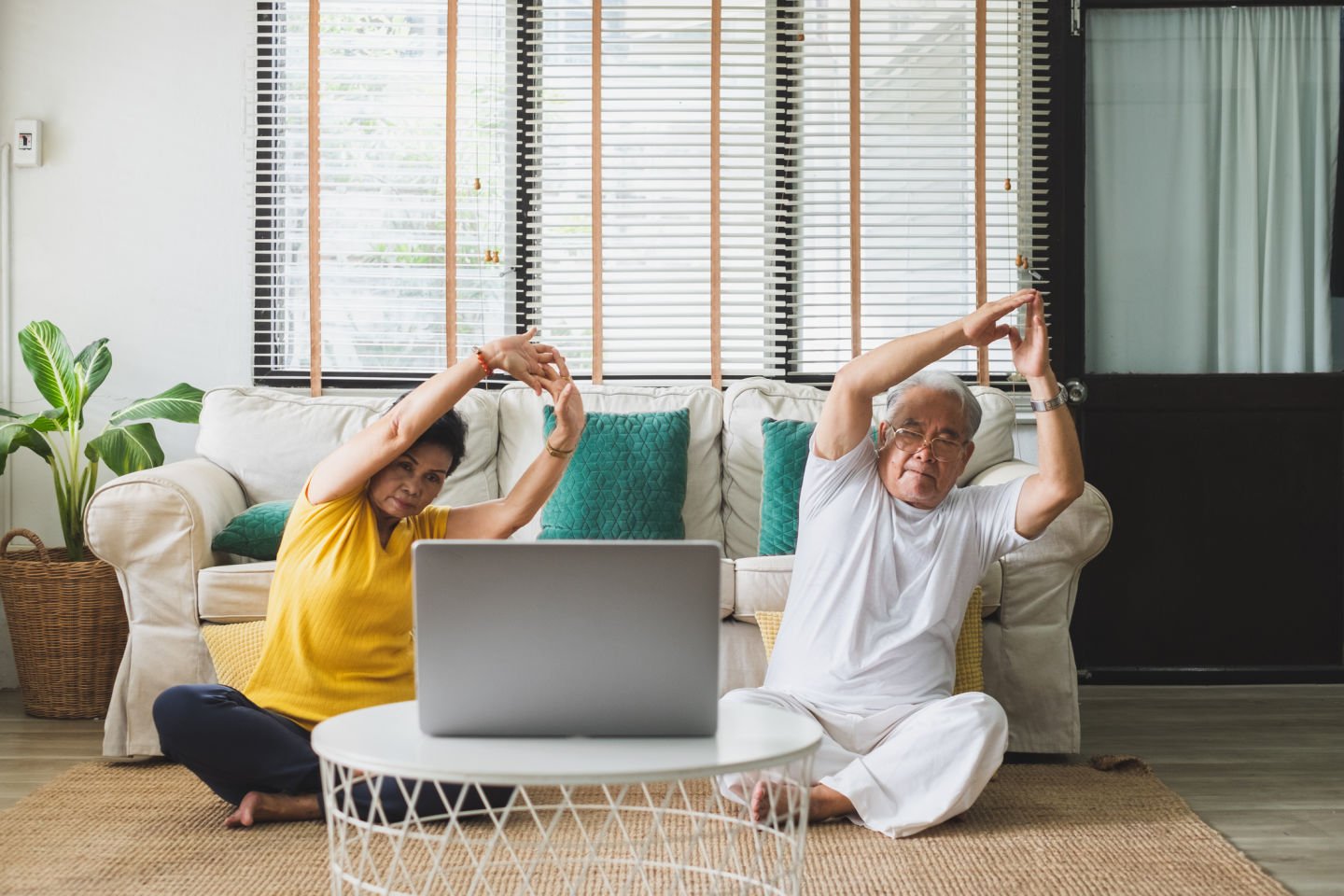Why you should exercise more – but be careful
The concept of “no pain, no gain” has been changed to a recognition that there is “no gain when in pain”. Here’s what to avoid.

We are bombarded with information about how good exercise is for us as we age.
We’re told it’s one of the best things you can do to improve your energy level. Exercise revitalises you, while sitting around increases fatigue and ill-health.
The evidence is clear that some physical activity is always preferable to none. And there is a lot of information and guides about the exercise you can do – mainly a mix of cardio with resistance, weights, and aerobics.
For example, lots of encouraging and sensible information about exercise for seniors is available here.
Most good advice comes with the disclaimer that you should only join an exercise program after consulting a doctor, and that it’s best to do more challenging exercise under the eye of a professional who knows your condition and limits.
There are common exercises that are not recommended for older people because they can place undue strain on the lower back and may lead to injury.
As a general rule, it is advisable to avoid exercises that feel uncomfortable or cause pain to a joint or muscle. The concept of “no pain, no gain” has long been changed to a recognition that there is “no gain when in pain”.
Exercises to avoid
Straight leg abdominal curls. Performing abdominal curls with straight legs places a strain on the lower back and can lead to more serious injury. Abdominal curls should always be attempted with flexed knees, and hand placed alongside the trunk or across the chest.
Deep knee bends. During this movement the knee becomes unstable and a greater stress loading is experienced through the joint, both of which may result in injury. Knee bends should only be performed to a point where the joint angle behind the knee closes to no less than 90 degrees.
Straight leg raises. Raising both legs off the ground at once places strain on the lumbar region of the back.
Double leg hyperextensions place strain on the lower back and should not be attempted. Raising one leg at a time is much safer exercise.
Toe touching places an unnecessary strain on the lower back, as the exercise is often performed quickly in the belief that it stretches the leg and lower back muscles.
Isometric or static exercises (tensing the muscles against an immovable object) are generally unsafe for older adults, as this type of exercise places enormous pressure on the heart and can raise blood pressure.
Visit the NSA Health Hub
National Seniors is dedicated to collaborating with older Australians, empowering them with the necessary means and support to attain optimal well-being.
The health hub provides a diverse selection of products and services to kickstart your journey towards improved health.
A new Australian study suggests exercise can be more beneficial than antidepressant medication alone.
More than 14,000 people with clinical depression were part of the research.
Yoga and qigong (a Chinese system of physical exercises and breathing control) were found to be more effective for men, while strength training is best for women.
Yoga is more effective for older adults and strength training can lead to greater improvements among younger patients. Dance is also great at lowering depressive symptoms.
The Australian guidelines suggest supervised group exercise for 30 to 40 minutes three times a week for a minimum of nine weeks. This study found it didn’t matter how many minutes or sessions of exercise people did per week (as long as they did some).
The effect of exercise was also the same whether you had mild or severe depression. However, the intensity of the activity matters – the more vigorous, the better.
The benefits are also greater if you participate in exercise with other people as opposed to going at it alone.
The ABC Health Report has more information about the study and exercise for depression here.
Related reading; Health Direct





